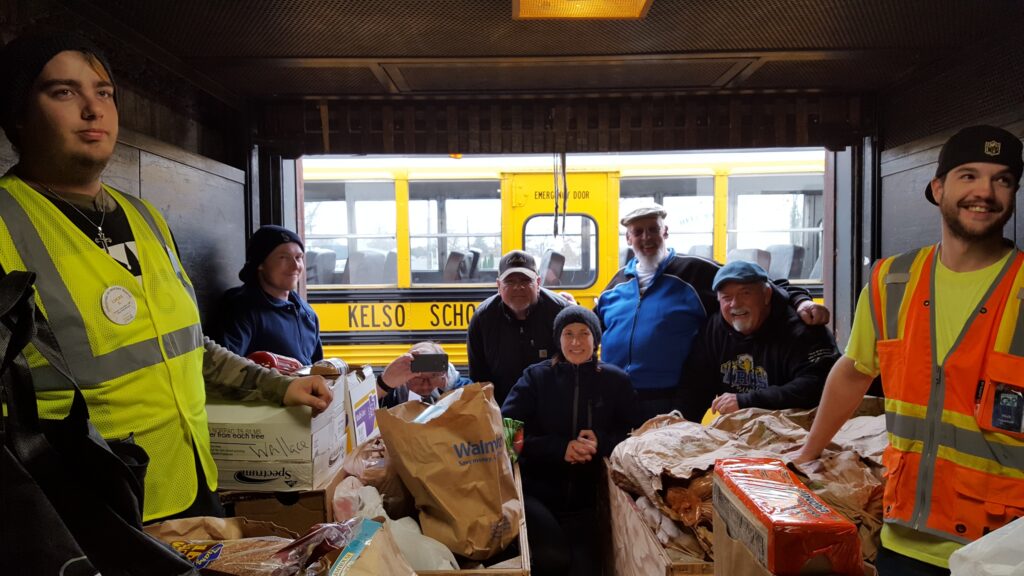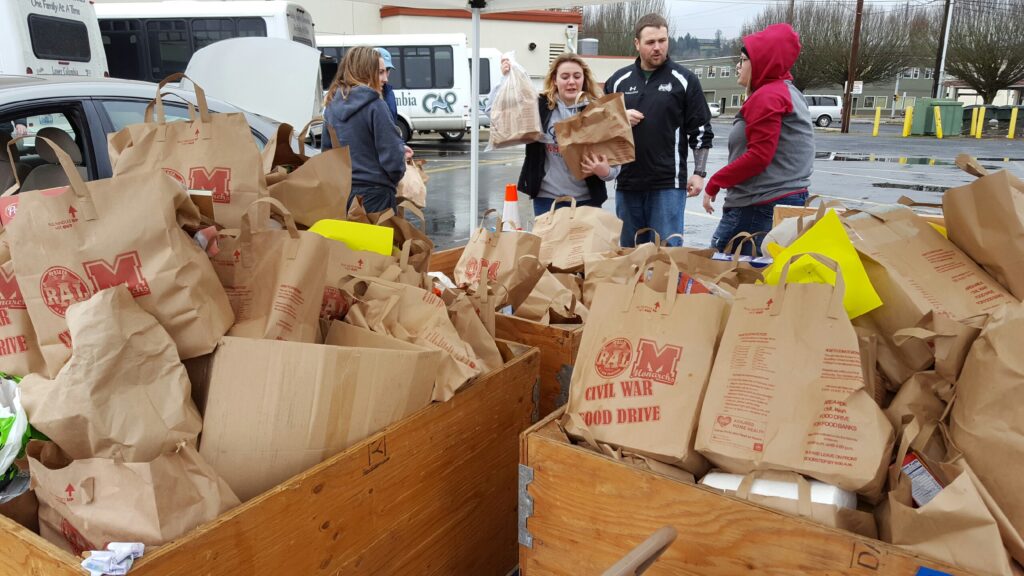Poverty rates in Cowlitz County fell in 2012 while the median household income rose, according to a new U.S. Census Bureau survey released last week, but economists and social service agencies cautioned that economic recovery in the county remains slow, particularly for low-income families.
According to the Census Bureau’s annual American Community Survey, Cowlitz County’s median household income in 2012 was $47,692, up from $43,167 the previous year. Household income remains below the 2008 median of $49,955.
The survey provides statistics on a wide range of subjects for communities nationwide, including education, income, housing, transportation, ancestry and languages spoken. Federal and state governments use the data to help determine how to spend more than $400 billion nationwide in aid.
While the report shows Cowlitz County creeping out of the recession, it also documents how deeply the fortunes of the community plunged.
For example, nearly 31 percent of the families in the county with children under 18 qualified as impoverished in 2010.
The Census Bureau reported that 12.5 percent of Cowlitz County families were below the federal poverty line in 2012, down from 15.7 percent the previous year. In 2008, only 9.9 percent of Cowlitz County families fell under the poverty line.
Despite the rosier Census Bureau numbers, nonprofit groups say they have seen little change in the demand for services.
“Things hopefully are getting better, but the count of people we see remains pretty much the same,” said John Gotshall, president of the St. Vincent de Paul, Cowlitz County’s largest food bank.
About 1,600 people come to the warehouse for food and clothing per month, and the number has remained fairly steady for the last three years, Gotshall said.
“I see a lot more younger people. The appearance of it is changing,” he said.
Nationwide, the median household income was virtually unchanged in 2012 at $53,607, and the poverty rate remained at 15.5 percent, according to the survey. In the Portland metro area, median household income held pat at $56,023 in 2012, and the poverty rate fell one percentage point to 14 percent over the year.
While Cowlitz County did see year-over-year positive news in 2012 in the survey, state economist Scott Bailey noted that the sample size is small and much of the change was not “significant.” Other economists have noted that the Census report shows a selective recovery nationwide, with low-income areas falling further behind the wealthy.
The percentage of people without health insurance in Cowlitz County fell for the fifth straight year to 12.7 percent, according to the survey. Officials at social-service agencies expect that number to continue to improve because federal healthcare laws will start requiring people to buy health insurance this fall.
Dian Cooper, CEO of the Cowlitz Family Health Center, said she’s noticed no drop-off in demand for services from low-income families, and behavioral health demands are rising. The center opened a new clinic in Kelso this spring, which has given the nonprofit greater exposure of its services for low-income people. Cowlitz Family Health has six clinics.
“We reach out and market to low-income who have a hard time getting access,” she said.
Cowlitz County’s largest social service agency, Lower Columbia CAP, has started a waiting list for its Meals on Wheels, and CAP officials say they are nervously watching negotiations in Congress to see if they’ll be facing budget cuts.
“There’s more demand than we have resources for,” executive director Ilona Kerby said.
Other findings from the report:
• Only 10.4 percent of people 25 years and older in Cowlitz County had a bachelor’s degree in 2012, and 5.5 percent had a graduate or professional degree.
• Of the 1,229 women ages 15 to 50 who had given birth in previous 12 months, 70.5 percent were not married.
• The median value of a Cowlitz County home in 2012 was $169,800, down from $174,600 the previous year. That typical home had about five rooms and was built in the 1970s.
• Of the 4,093 people born in another country, about 10 percent came to live in Cowlitz County less than two years before.



